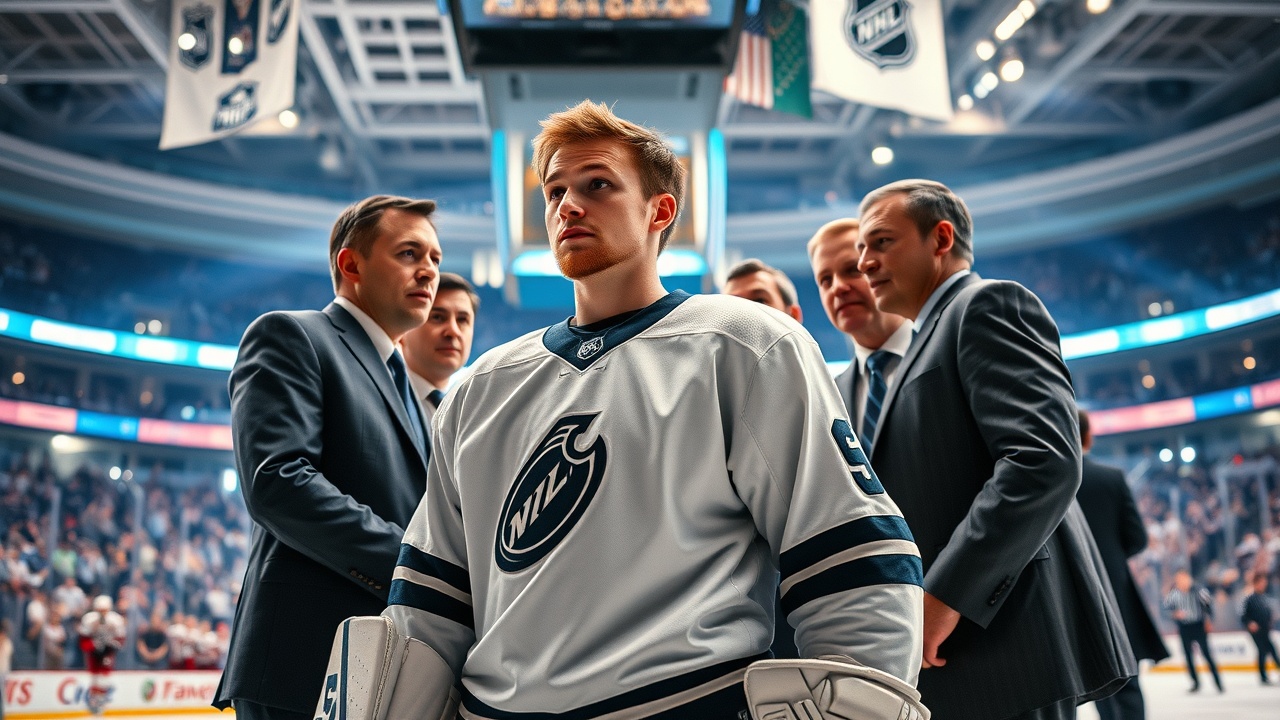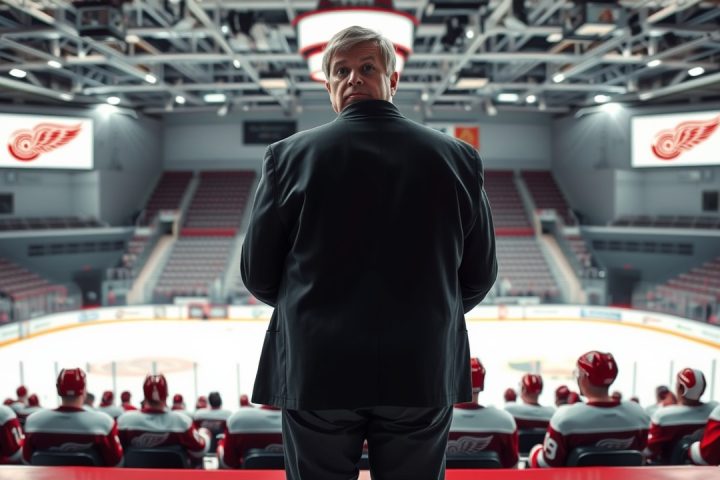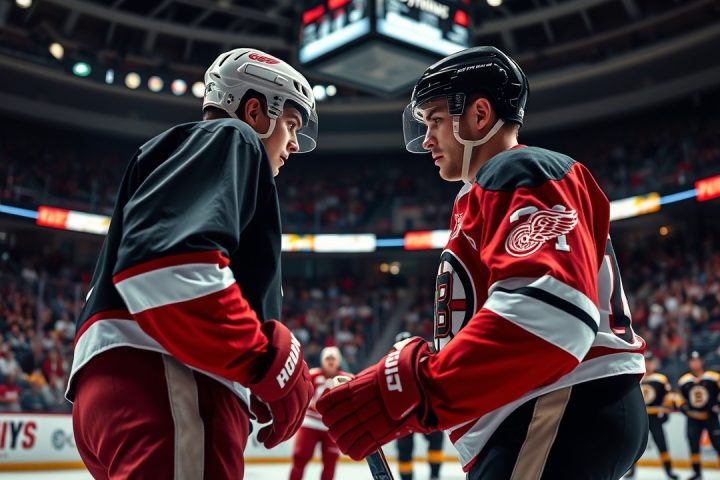NHL Draft Prospects: Joshua Ravensbergen
As the 2025 NHL Draft approaches, one name that is anticipated to be called in the first round is Joshua Ravensbergen, a towering goaltender from Prince George. Standing at 6-foot-5, Ravensbergen has established himself as one of the top netminders in the WHL over the past couple of seasons. While there are no guarantees, it is likely that he will be selected in the latter portion of the first round, given his impressive athleticism and skill level.
Team Considerations for Drafting Goalies
When NHL teams consider drafting a goaltender in the first round, they typically focus on the talent of the player, but they also evaluate their existing roster needs and the player’s potential pathway to the NHL. Understanding these considerations can provide insight into which teams might take a chance on Ravensbergen, even if their current draft position may vary before the draft date.
Potential Draft Candidates
- Calgary Flames: While they have Dustin Wolf noted as a potential future starter, the Flames are still assessing their options at the goaltending position and other critical areas on their roster. Unless they have a strong preference for Ravensbergen, it seems unlikely they would opt for another goalie pick this early.
- Carolina Hurricanes: Known for prioritizing skill over mending weaknesses, the Hurricanes may shy away from selecting a goalie in the first round. They did, however, invest a high second-round pick in Pyotr Kochetkov, suggesting a cautious approach toward goaltender development.
- Columbus Blue Jackets: With a solid array of young skaters acquired through high draft picks, Columbus presents a fitting environment for taking a risk on Ravensbergen. Their acquisition of Evan Gardner last year did not yield a standout prospect, indicating they might be open to addressing their goaltending with another promising talent.
- Los Angeles Kings: The Kings have aimed to bolster their goaltending pool for years. Despite bolstering their ranks with players like Darcy Kuemper and Carter George, Ravensbergen stands out as a more attractive prospect. However, selecting another goalie early in the draft may not sit well with decision-makers after investing previously.
- Nashville Predators: Recently, the Predators selected Yaroslav Askarov in the top 15, which complicates their decision. The organization’s faith in Juuse Saros, who they recently extended, could deter them from readdressing the position in the first round, yet Ravensbergen’s talent could tempt them.
- Ottawa Senators: With Linus Ullmark aging at 31 and previous hope pinned on Mads Sogaard fading, the Senators could view Ravensbergen as a strategic future investment in net.
- Philadelphia Flyers: Holding multiple first-round picks, the Flyers might consider Ravensbergen, particularly as they evaluate the development of previous investments like Yegor Zavragin. Depending on their outlook for Zavragin, they may lean toward drafting an elite goalie prospect.
- Pittsburgh Penguins: Despite possessing Joel Blomqvist as a prospect, the Penguins’ pressing needs on the skater front might overshadow their goaltending dilemmas, making a first-round goalie pick unlikely.
- Vancouver Canucks: Once viewed as set with Thatcher Demko, injuries have raised questions about their goaltending future. Although the Canucks have glaring needs elsewhere, they might reconsider if Ravensbergen emerges as the best player available.
- Washington Capitals: Happy with Logan Thompson’s recent extension, the Capitals may feel secure, yet they have shown a willingness in the past to select goaltenders early, as demonstrated with Ilya Samsonov.
- Winnipeg Jets: Even though they are content with Connor Hellebuyck in net, his advancing age may necessitate the Jets to seek a successor. Investing in Ravensbergen could create a solid long-term plan despite the fans’ initial resistance.
Conclusion
In conclusion, while there are a myriad of factors influencing each team’s draft strategy, Joshua Ravensbergen’s noteworthy talent makes him an intriguing option as organizations weigh their current rosters against future needs.




